
'The Wilhelm Scream' Explores the Roots of Cinema's Most Cherished Cry of Distress
As a passionate film enthusiast, Anna Quinlan grew up appreciating the Wilhelm Scream without realizing it had a specific name.
This scream — which can be heard here — has been featured in numerous films, notably in the Star Wars and Indiana Jones franchises. It was initially recorded for a Gary Cooper movie called Distant Drums in 1951 and was reused throughout the 1950s. Two decades later, sound designers began playfully incorporating it into films of all sizes. However, while Anna was a child watching movies, she was unaware of the scream’s background; she only knew it seemed to appear everywhere.
“I first noticed the Wilhelm Scream sound effect while watching movies as a kid, but I didn't know it had a name. It wasn't until college that I heard the James Blake song ‘The Wilhelm Scream’ and Googled the title to discover it was named after the famous sound effect,” she explained to MovieMaker. “For many years, I heard it and just smiled to myself, until one day I heard it in an old episode of Survivor, which really made me laugh. It struck me that a lot of sound designers were sneaking the scream into films just for fun, and I suddenly had a strong desire to talk to them.”
When she set out to make her own film, she decided to focus on this iconic cry of despair. Her short documentary “The Wilhelm Scream” is a tight, consistently engaging film that was showcased this week at the Indianapolis Indy Shorts film festival, recognized as one of our 50 Film Festivals Worth the Entry Fee and 25 Coolest Film Festivals in the World.
We spoke with Quinlan about creating her first film, definitively identifying the voice behind the Wilhelm Scream, and how Birmingham’s Sidewalk Film Festival sparked her filmmaking journey.
MovieMaker: How did you become a filmmaker, and what sparked your interest in the Wilhelm Scream?
Anna Quinlan: Growing up in Birmingham, Alabama during the '90s, I became captivated by movies at a young age. It was a thrilling time since home video was relatively new, allowing me to watch the same film repeatedly and memorize it. When I was around 13, I got a camcorder and some basic editing software, which led me to start making short films.
I was fortunate to grow up in Birmingham, home to the Sidewalk Film Festival, where I began participating in their Teen Filmmaking Competition. Winning the competition in my senior year of high school gave me a significant confidence boost. I enrolled in the Film Studies program at Sarah Lawrence College, which brought me to New York, and I've been working in the film and video industry ever since.
MovieMaker: How did the Wilhelm Scream acquire its somewhat inaccurate name?
Anna Quinlan: The Wilhelm Scream was named by sound designers Ben Burtt (Star Wars) and Richard Anderson (Raiders of the Lost Ark), who first started using it as an inside joke while they were film students at USC in the 1970s. Ben, a lifelong sound enthusiast, used to record movie soundtracks with a tape recorder as a kid. USC had received the Warner Brothers sound library, so Ben searched for a “man screaming” sound effect he remembered from westerns.
Initially, he believed the scream's first appearance was in the 1953 Western The Charge at Feather River, where a character named “Private Wilhelm” emits the scream after being struck by an arrow. Later, he realized that the actual first use of the scream was in Distant Drums, a Western from 1951, and that its original sound library designation was “Man eaten by alligator.”
MovieMaker: Why do you think this scream resonates with so many people and evokes such a warm feeling?
Anna Quinlan: While researching the scream, I reached out to avid Wilhelm Scream fans online. I connected with one in West Virginia named Jeremy, who manages a Wilhelm Scream fan page on Facebook. I asked him how he feels when he hears it in a movie or show, and he described it as feeling like “coming home.” I thought that was a beautiful sentiment and resonated with me as well.
I believe the Wilhelm Scream represents a genuine appreciation for the emotional impact movies have on us. Richard Anderson discusses this in the film, noting that he and Ben Burtt enjoyed the “fun” side of filmmaking. Movies provide a needed escape and adventure, especially in challenging times. The Wilhelm Scream is like an ancient relic from the origins of adventure cinema. It’s human, emotional, guttural, and transcends language and time. There's something fundamental about it, like a monument we all return to over the years.
Anna Quinlan on the Connection Between the Wilhelm Scream and “Purple People Eater”
MovieMaker: You found an expert who definitively identified that the Wilhelm Scream originated from actor Sheb Wooley, known for the song “The Purple People Eater.” Was there much
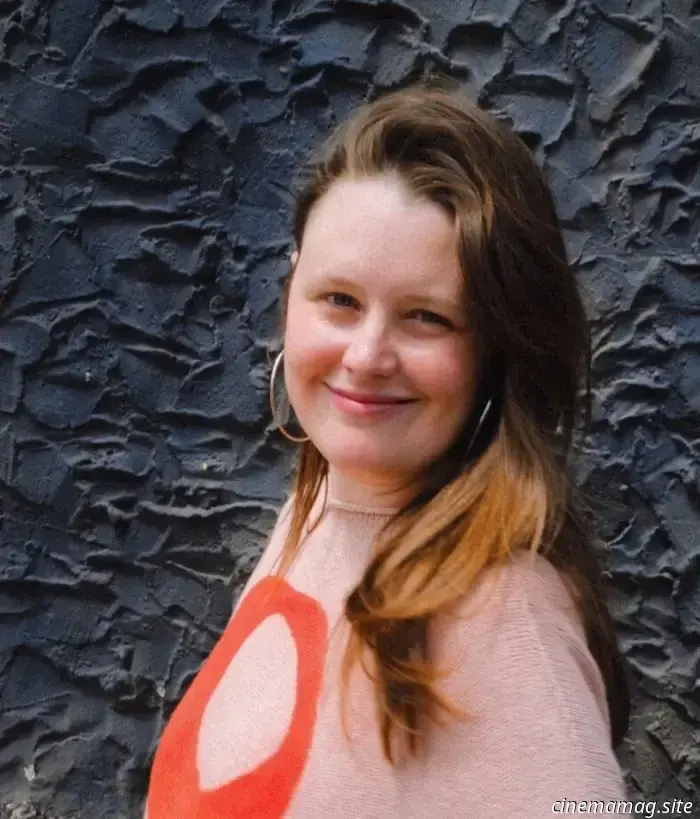
Other articles
-Blu-ray-Review.jpg) Pirate Radio (2009) - Review of the Blu-ray Edition
Pirate Radio, released in 2009 and directed by Richard Curtis, features performances by Philip Seymour Hoffman, Bill Nighy, Rhys Ifans, Nick Frost, and Kenneth Branagh. SYNOPSIS: Pirate Radio is a light-hearted film that offers an enjoyable experience, though it doesn't delve deeply beyond that. The ensemble cast, including Bill Nighy, Philip Seymour Hoffman, and Kenneth Branagh, takes part in a narrative centered around a [...]
Pirate Radio (2009) - Review of the Blu-ray Edition
Pirate Radio, released in 2009 and directed by Richard Curtis, features performances by Philip Seymour Hoffman, Bill Nighy, Rhys Ifans, Nick Frost, and Kenneth Branagh. SYNOPSIS: Pirate Radio is a light-hearted film that offers an enjoyable experience, though it doesn't delve deeply beyond that. The ensemble cast, including Bill Nighy, Philip Seymour Hoffman, and Kenneth Branagh, takes part in a narrative centered around a [...]
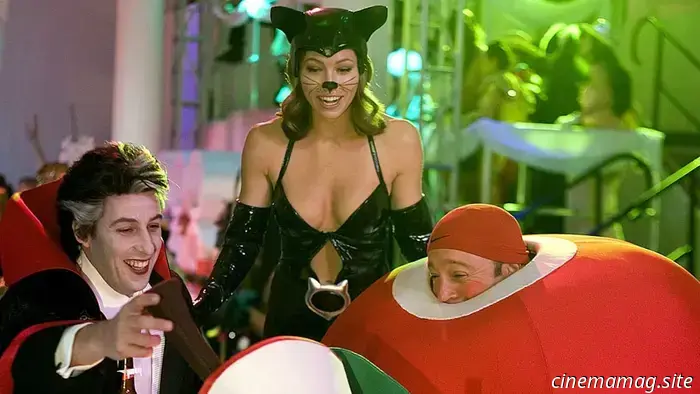 12 Unapologetic Comedies from the 2000s That Don't Mind If You Get Offended
These bold comedies from the 2000s competed to see who could be more outrageous. It was a different era.
12 Unapologetic Comedies from the 2000s That Don't Mind If You Get Offended
These bold comedies from the 2000s competed to see who could be more outrageous. It was a different era.
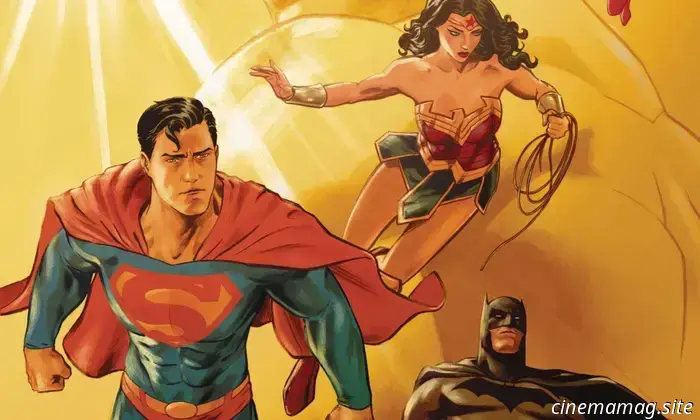 Justice League: Dark Tomorrow Special #1 - Comic Book Sneak Peek
DC Comics will be releasing Justice League: Dark Tomorrow Special #1 on Wednesday, and you can catch a glimpse of the issue right now with the official preview provided below… Following the We Are Yesterday crossover event, an enigmatic Quantum Quorum has appeared… pursued by a deadly foe that shows no mercy. The […]
Justice League: Dark Tomorrow Special #1 - Comic Book Sneak Peek
DC Comics will be releasing Justice League: Dark Tomorrow Special #1 on Wednesday, and you can catch a glimpse of the issue right now with the official preview provided below… Following the We Are Yesterday crossover event, an enigmatic Quantum Quorum has appeared… pursued by a deadly foe that shows no mercy. The […]
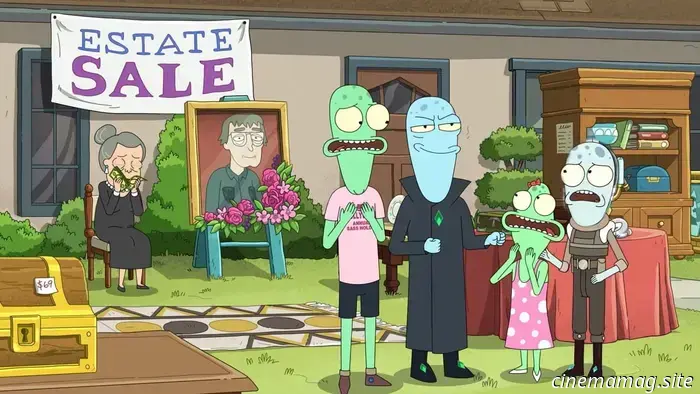 The trailer for Solar Opposites previews the sixth and final season of the animated series aimed at adults.
Hulu has released a trailer for the sixth and final season of the adult animated comedy Solar Opposites, where the alien family encounters their toughest obstacle when their diamond-making machine is ruined, forcing them to live on a budget. This season features the return of voice cast members Dan Stevens, Thomas […]
The trailer for Solar Opposites previews the sixth and final season of the animated series aimed at adults.
Hulu has released a trailer for the sixth and final season of the adult animated comedy Solar Opposites, where the alien family encounters their toughest obstacle when their diamond-making machine is ruined, forcing them to live on a budget. This season features the return of voice cast members Dan Stevens, Thomas […]
 12 Cool '80s Movies That Only the Trendy Remember
Here are some awesome 80s films that only the cool kids recall.
12 Cool '80s Movies That Only the Trendy Remember
Here are some awesome 80s films that only the cool kids recall.
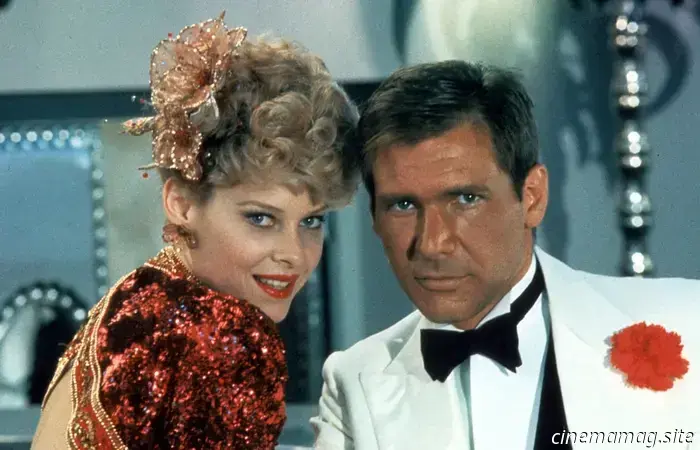 Ranking All 5 Indiana Jones Films from Least to Most Favorable
The top Indiana Jones film is among the greatest movies ever created, while the least favorable one likely shouldn't have been produced at all.
Ranking All 5 Indiana Jones Films from Least to Most Favorable
The top Indiana Jones film is among the greatest movies ever created, while the least favorable one likely shouldn't have been produced at all.
'The Wilhelm Scream' Explores the Roots of Cinema's Most Cherished Cry of Distress
Being a lifelong fan of movies, Anna Quinlan developed a fondness for the Wilhelm Scream without realizing it was called by that name.
